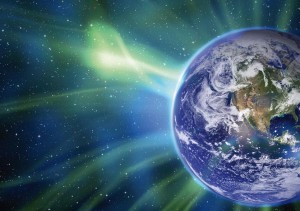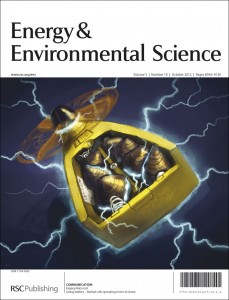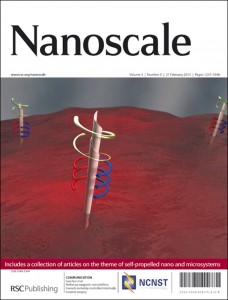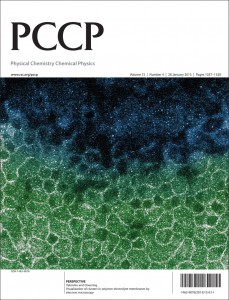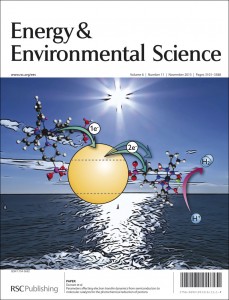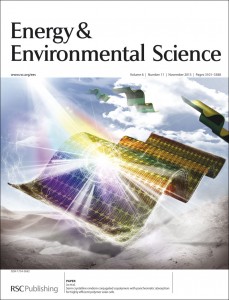The oral abstract deadline for the 2nd International Conference on Clean Energy Science (ICCES2) is rapidly approaching so don’t miss your chance to take part in this important event and showcase your research alongside the following distinguished speakers:
- Xinhe Bao
- Guillermo Bazan
- James Clark
- Eric Diau
- Shunichi Fukuzumi
- Frederik Krebs
- Changjun Liu
- Rafael Luque
- Doug MacFarlane
- Ryong Ryoo
- He Tian
- Peng Wang
- Shu-Hong Yu
- Hua Zhang
- Dongyuan Zhao
The oral abstract deadline is 5 January 2014. Submit an abstract today for your chance to present at this engaging event.
Energy & Environmental Science (EES) is pleased to support the conference and Professor Thomas Jaramillo will give the 2013 Energy & Environmental Science Readers’ Choice Award Lecture at the conference.
Many of the high profile speakers have published some of their best work in Energy & Environmental Science:
Read a selection of their articles today:
Food waste as a valuable resource for the production of chemicals, materials and fuels. Current situation and global perspective
Carol Sze Ki Lin, Lucie A. Pfaltzgraff, Lorenzo Herrero-Davila, Egid B. Mubofu, Solhy Abderrahim, James H. Clark, Apostolis A. Koutinas, Nikolaos Kopsahelis, Katerina Stamatelatou, Fiona Dickson, Samarthia Thankappan, Zahouily Mohamed, Robert Brocklesby and Rafael Luque
DOI: 10.1039/C2EE23440H
Very high energy density silicide–air primary batteries
Hua Zhang, Xing Zhong, Jonathan C. Shaw, Lixin Liu, Yu Huang and Xiangfeng Duan
DOI: 10.1039/C3EE41157E
New insights into the electrochemical reduction of carbon dioxide on metallic copper surfaces
Kendra P. Kuhl, Etosha R. Cave, David N. Abramc and Thomas F. Jaramillo
DOI: 10.1039/C2EE21234J
Flexible graphene–polyaniline composite paper for high-performance supercapacitor
Huai-Ping Cong, Xiao-Chen Ren, Ping Wang and Shu-Hong Yu
DOI: 10.1039/C2EE24203F
Highly active Pt–Fe bicomponent catalysts for CO oxidation in the presence and absence of H2
Hong Xu, Qiang Fu, Yunxi Yao and Xinhe Bao
DOI: 10.1039/C1EE02393D
All printed transparent electrodes through an electrical switching mechanism: A convincing alternative to indium-tin-oxide, silver and vacuum
Thue T. Larsen-Olsen, Roar R. Søndergaard, Kion Norrman, Mikkel Jørgensen and Frederik C. Krebs
DOI: 10.1039/C2EE23244H
Optimization of energy levels by molecular design: evaluation of bis-diketopyrrolopyrrole molecular donor materials for bulk heterojunction solar cell
Bright Walker, Jianhua Liu, Chunki Kim, Gregory C. Welch, Jin Keun Park, Jason Lin, Peter Zalar, Christopher M. Proctor, Jung Hwa Seo, Guillermo C. Bazan and Thuc-Quyen Nguyen
DOI: 10.1039/C3EE24351F
A facile approach for the synthesis of monolithic hierarchical porous carbons – high performance materials for amine based CO2 capture and supercapacitor electrode
Luis Estevez, Rubal Dua, Nidhi Bhandari, Anirudh Ramanujapuram, Peng Wang and Emmanuel P. Giannelis
DOI: 10.1039/C3EE40549D
Ordered mesoporous carbons and their corresponding column for highly efficient removal of microcystin-LR
Wei Teng, Zhangxiong Wu, Jianwei Fan, Hong Chen, Dan Feng, Yingying Lv, Jinxiu Wang, Abdullah M. Asiri and Dongyuan Zhao
DOI: 10.1039/C3EE41775A
High Seebeck coefficient redox ionic liquid electrolytes for thermal energy harvesting
Theodore J. Abraham, Douglas R. MacFarlane and Jennifer M. Pringle
DOI: 10.1039/C3EE41608A
Enveloping porphyrins for efficient dye-sensitized solar cells
Chin-Li Wang, Chi-Ming Lan, Shang-Hao Hong, Yi-Fen Wang, Tsung-Yu Pan, Chia-Wei Chang, Hshin-Hui Kuo, Ming-Yu Kuo, Eric Wei-Guang Diau and Ching-Yao Lin
DOI: 10.1039/C2EE03308A
Water-soluble mononuclear cobalt complexes with organic ligands acting as precatalysts for efficient photocatalytic water oxidation
Dachao Hong, Jieun Jung, Jiyun Park, Yusuke Yamada, Tomoyoshi Suenobu, Yong-Min Lee, Wonwoo Nam and Shunichi Fukuzumi
DOI: 10.1039/C2EE21185H
High-conversion-efficiency organic dye-sensitized solar cells: molecular engineering on D–A–π-A featured organic indoline dyes
Yongzhen Wu, Magdalena Marszalek, Shaik M. Zakeeruddin, Qiong Zhang, He Tian, Michael Grätzel and Weihong Zhu
DOI: 10.1039/C2EE22108J
For full details of how you can get involved in the 2nd International Conference on Clean Energy Science (ICCES2), please visit the dedicated webpage.













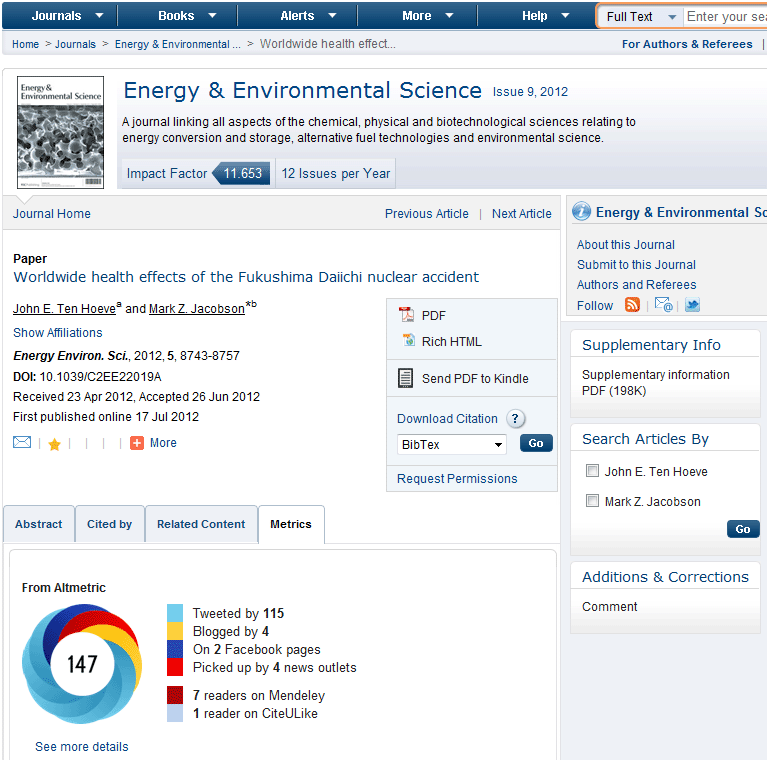

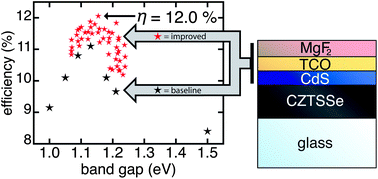 Scientists in the United States have designed a Cu2ZnSn(S, Se)4 (CZTSSe) solar cell with the greatest efficiency to date using an optical-design approach.
Scientists in the United States have designed a Cu2ZnSn(S, Se)4 (CZTSSe) solar cell with the greatest efficiency to date using an optical-design approach.